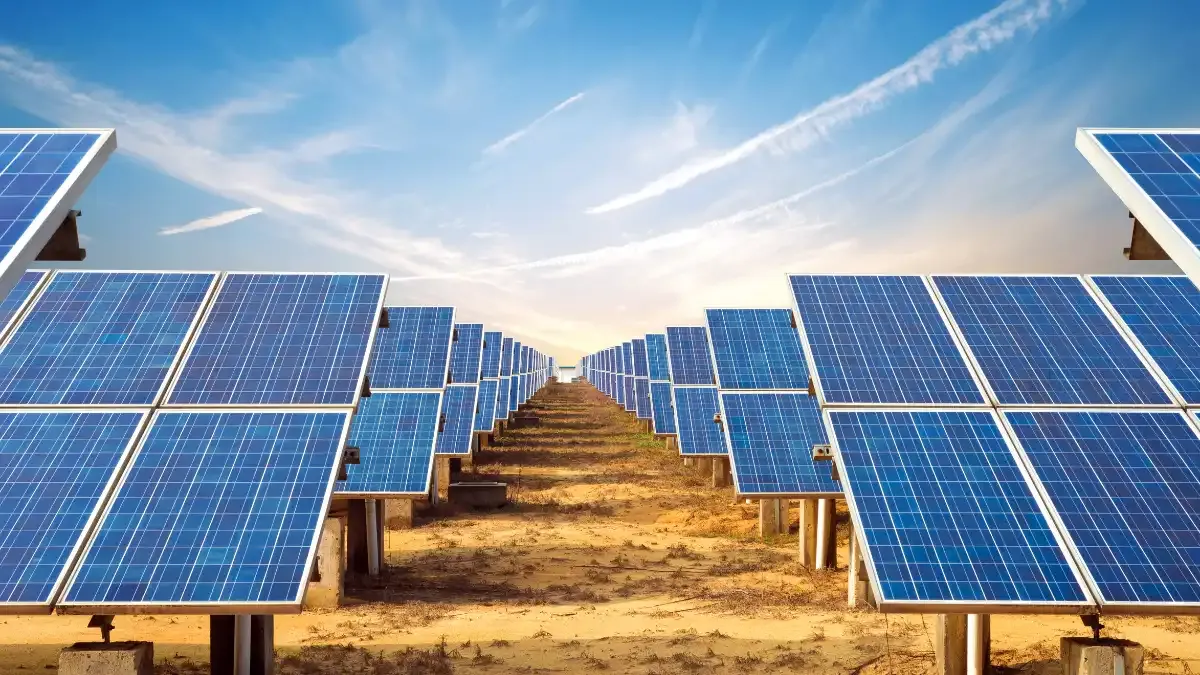The United States Will Not Install Solar Panels Across 22 Million Acres
In a significant move towards a more sustainable future, the Biden administration recently unveiled plans to open up 22 million acres of public land for solar development. This announcement is part of a broader initiative to achieve a carbon pollution-free power sector by 2035—a goal that underscores the administration's commitment to addressing climate change. Acting Deputy Secretary Laura Daniel-Davis emphasized the critical role of responsible and swift development of renewable energy projects in realizing this vision.
As expected with such a groundbreaking announcement, there were immediate critics, with some sections of the media and skeptics expressing concerns about the potential environmental impact of dedicating vast expanses of land to solar energy. However, a closer examination reveals that the US only needs approximately 700,000 acres of land for solar panels to meet the administration's ambitious target of transitioning to 100% renewable energy by 2035. This represents a mere 0.00031115 percent of the country's total land area.
The apprehension about the supposed desecration of vast areas of land overlooks the positive impact of solar and wind installations on public lands. Contrary to the misconception of farmland loss, income generated from renewable energy projects can be a lifeline for farmers facing economic challenges. This income can help them withstand the rising costs of equipment, seeds, and fertilizer, ensuring the resilience of the agricultural sector.
To address the "Not In My Backyard" (NIMBY) concerns, the administration's guidelines prioritize solar power installations within 10 miles of existing grid interconnection sites. This strategic approach not only ensures more efficient energy transmission but also minimizes the costs associated with building extensive transmission lines. By focusing on areas with established grid connections, the administration aims to strike a balance between renewable energy expansion and minimizing environmental disruption.
A shining example of a successful solar project is the Edwards & Sanborn Solar & Energy Park in California. This project, covering over 4,600 acres, boasts an impressive 875 MWdc of solar energy production. Initiated in 2021 and completed in stages, it is now fully operational and includes over 1.9 million solar panels manufactured by First Solar. The project also features 3,287 megawatt-hours of energy storage, showcasing a comprehensive approach to sustainable energy.
What makes the Edwards & Sanborn project noteworthy is its collaboration with the Department of Defense, particularly the Edwards Air Force Base. A portion of the project is situated on the base, marking the largest public-private collaboration in U.S. Department of Defense history. This successful partnership underscores the potential for innovative collaborations between the public and private sectors in advancing renewable energy solutions.
The Edwards & Sanborn project is not only a testament to the feasibility of large-scale solar initiatives but also an example of how such projects can benefit communities. It supplies power to various entities, including the city of San Jose, Southern California Edison, Pacific Gas & Electric, the Clean Power Alliance, and even Starbucks. This diversity of beneficiaries highlights the broad impact that well-executed renewable energy projects can have on different sectors of society.
The completion of the Edwards & Sanborn Solar & Energy Park involved the efforts of over 1,000 skilled workers, achieving outstanding safety results with over a million injury-free hours. Recognized with a safety award by the California Association of General Contractors, this project sets a high standard for the industry. The success of this project can be attributed to the collaboration between Terra-Gen, the designer, and Mortenson, the builder. Brian Gorda, vice president of engineering at Terra-Gen, expressed excitement about the facility's transformative impact on the industry and its contribution to grid resiliency.
Brigadier General William Kale, commander of the Air Force civil engineering center at Edwards Air Force Base, provided a commendation for the Edwards & Sanborn Solar & Energy Park, describing it as an engineering marvel. He emphasized the significance of harnessing the power of the sun to create transformative projects on what was once barren land. His sentiment resonates with the potential for solar energy to contribute to innovative solutions and address the urgent challenges posed by climate change.
In conclusion, the push for renewable energy on public lands is not only imperative but also achievable. While debates and disagreements about the location and implementation of new solar projects on public land are inevitable, it is essential to consider the needs of the larger community and prioritize the preservation of the environment. As President Kennedy once stated, we choose to embark on challenging endeavors not because they are easy, but because they are hard. Decarbonizing the world's economies is undoubtedly a formidable task, but it is also the most necessary one in the face of the escalating climate emergency. The Edwards & Sanborn Solar & Energy Park stands as a beacon of what can be achieved through careful planning, collaboration, and a commitment to a sustainable future.

